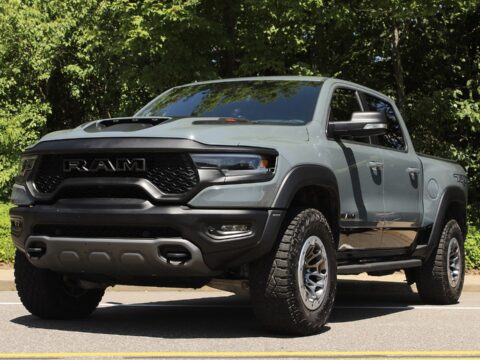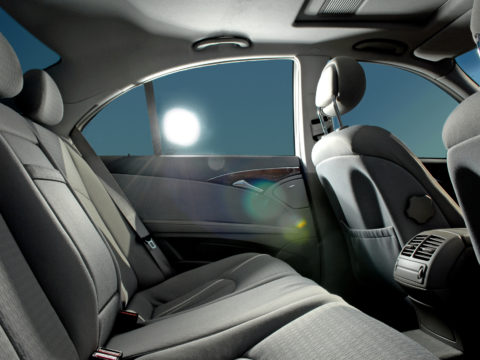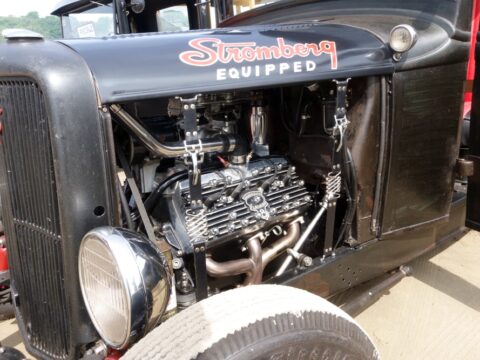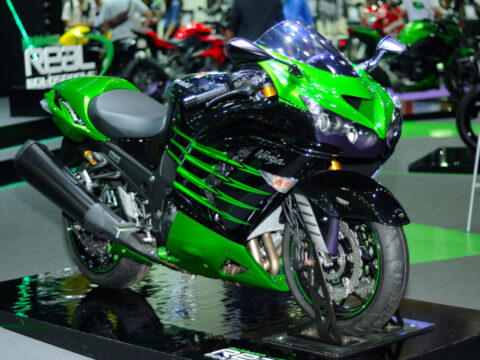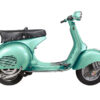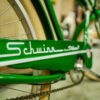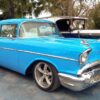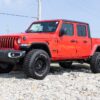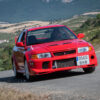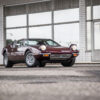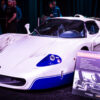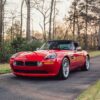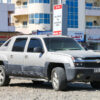The United States has a rich history of public transportation, with various vehicles playing pivotal roles in shaping its urban landscapes and influencing the daily lives of millions. Here’s a list of 10 of the most influential public transportation vehicles in the U.S., each with its own unique impact and story:
Contents
New York City Subway Cars (R160)
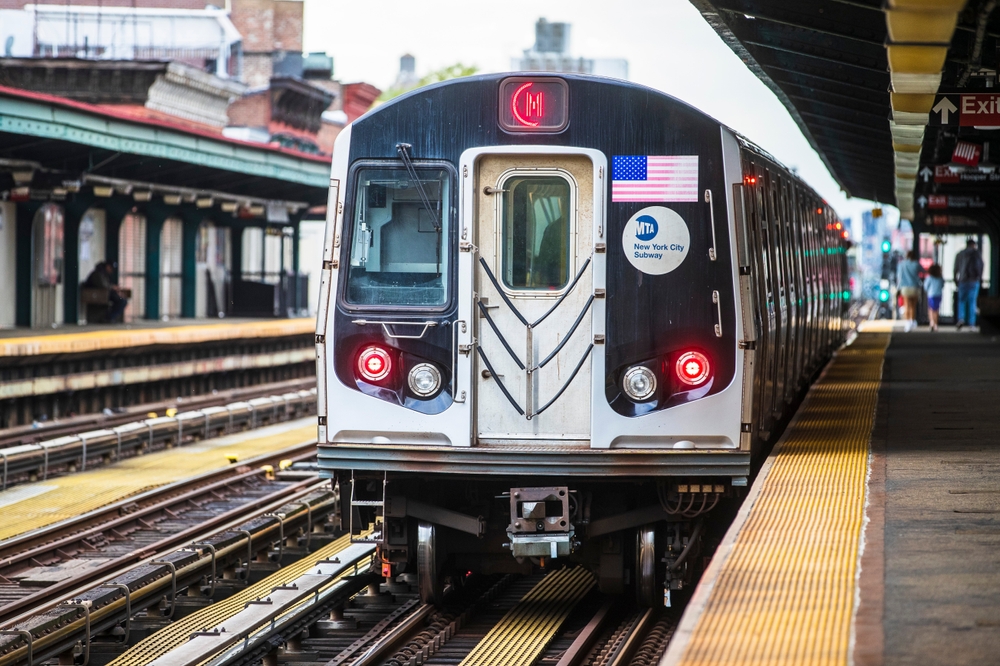
The R160 subway cars, used extensively in the New York City Subway, are iconic for their role in one of the world’s busiest metro systems. Introduced in the 2000s, they feature modern amenities like electronic maps and announcements, contributing to a more efficient and user-friendly experience. Their durability and advanced technology symbolize New York’s commitment to maintaining a robust and modern public transit system.
San Francisco Cable Cars
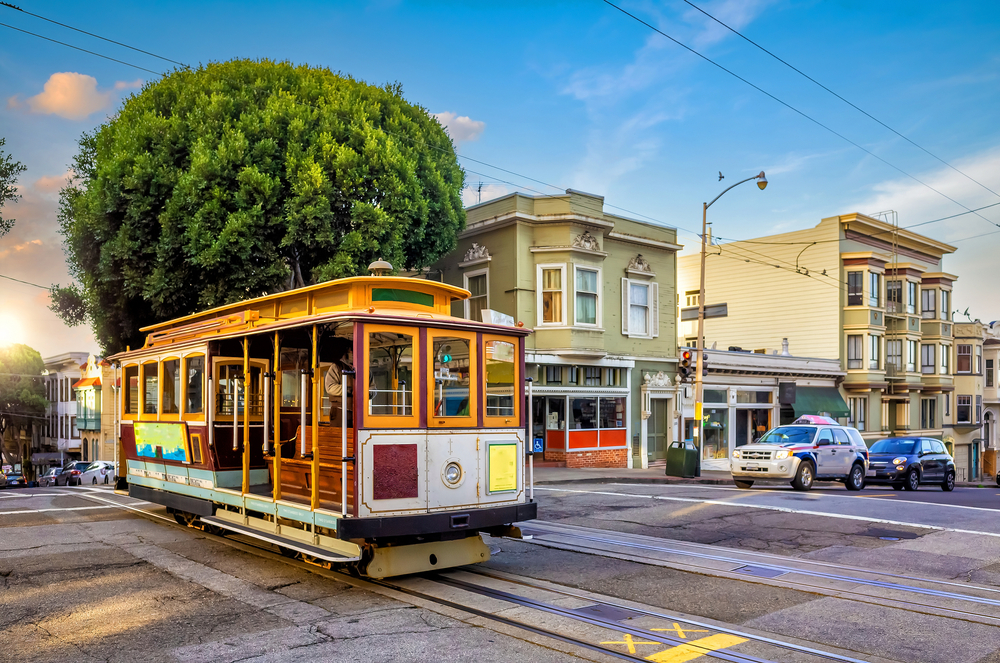
Dating back to the late 19th century, San Francisco’s cable cars are not only a historic symbol of the city but also a functional part of its public transportation system. They are the last manually operated cable car system in the world and have become an enduring symbol of San Francisco’s urban identity, offering both residents and tourists a unique mode of transport.
Chicago ‘L’ Trains (5000 Series)
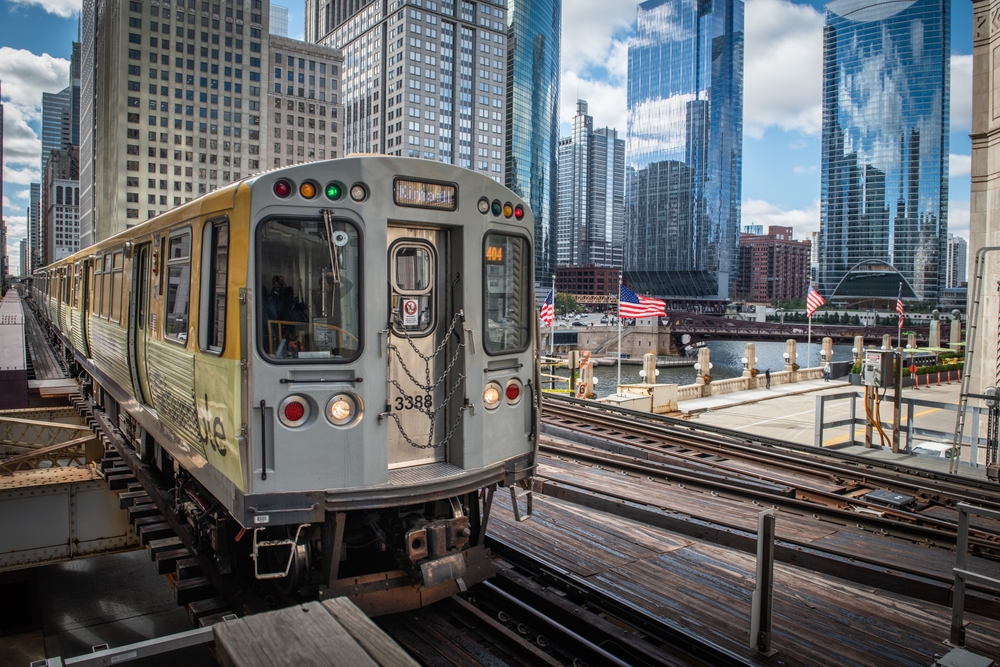
Chicago’s ‘L’ (short for “elevated”) train system, particularly the modern 5000 Series, plays a crucial role in the city’s public transportation. These trains, introduced in 2009, are known for their energy efficiency and improved passenger comfort, representing the city’s efforts to modernize its transit system while maintaining a historic infrastructure.
Washington D.C. Metro Cars (7000 Series)
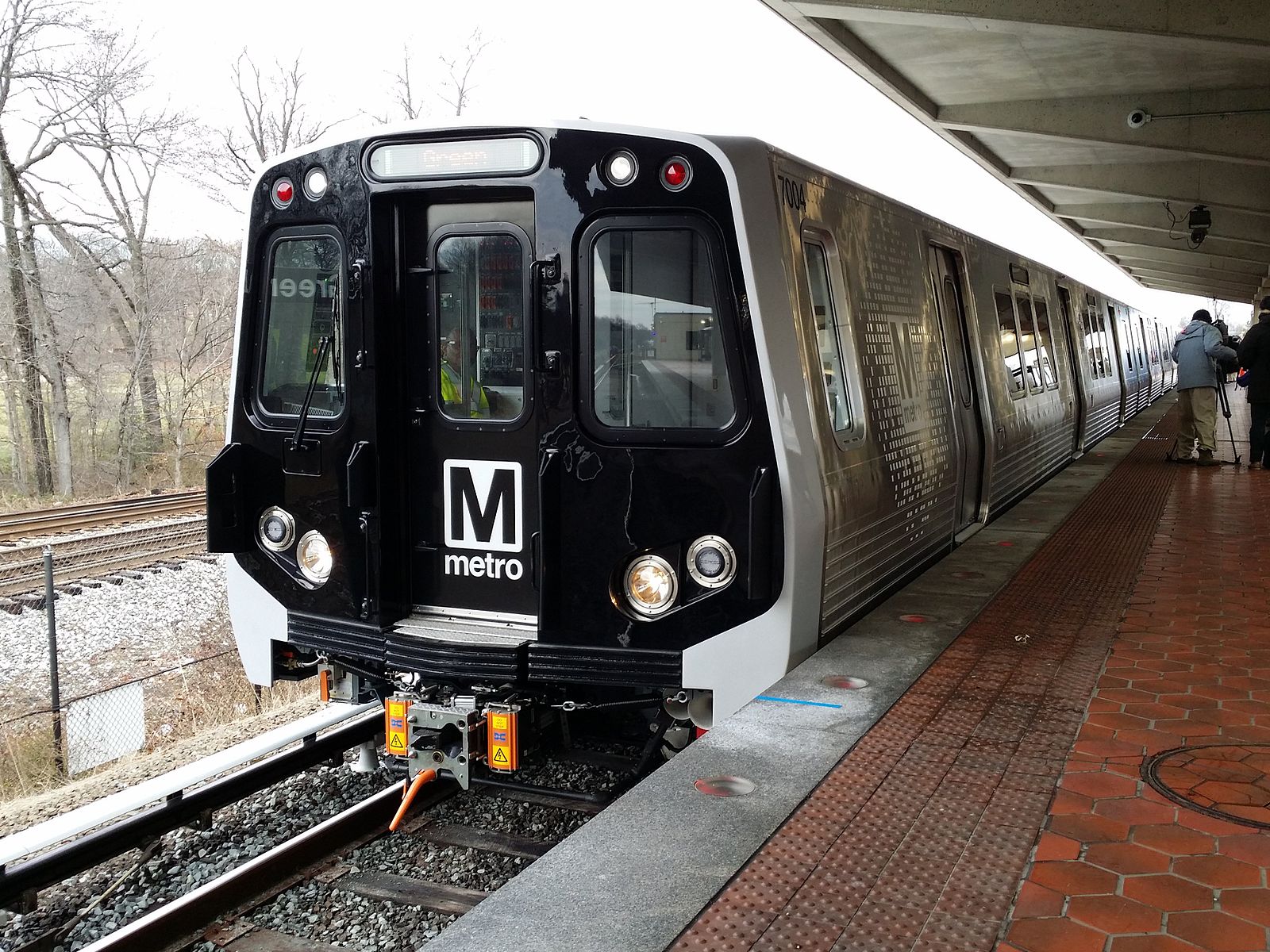
The 7000 Series, introduced in 2015, are the newest and most advanced cars in the D.C. Metro fleet. They are equipped with modern safety and convenience features, such as digital displays and improved accessibility. These cars signify a significant upgrade in comfort and technology for one of the most important transit systems in the country.
Boston Green Line Type 7 and 8 Trams
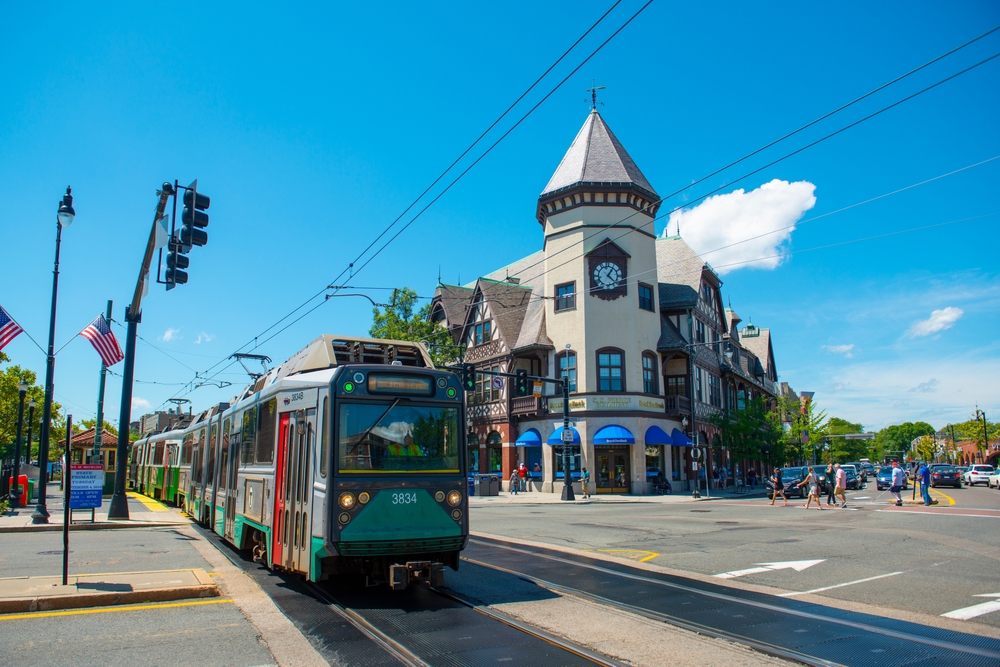
The Green Line trams in Boston, particularly the Type 7 and Type 8 models, are integral to the city’s public transit landscape. These light rail vehicles, running through the heart of Boston, combine the charm of historic streetcars with modern efficiency, playing a key role in the daily commute of thousands of Bostonians.
Los Angeles Metro Rail (A650 Cars)
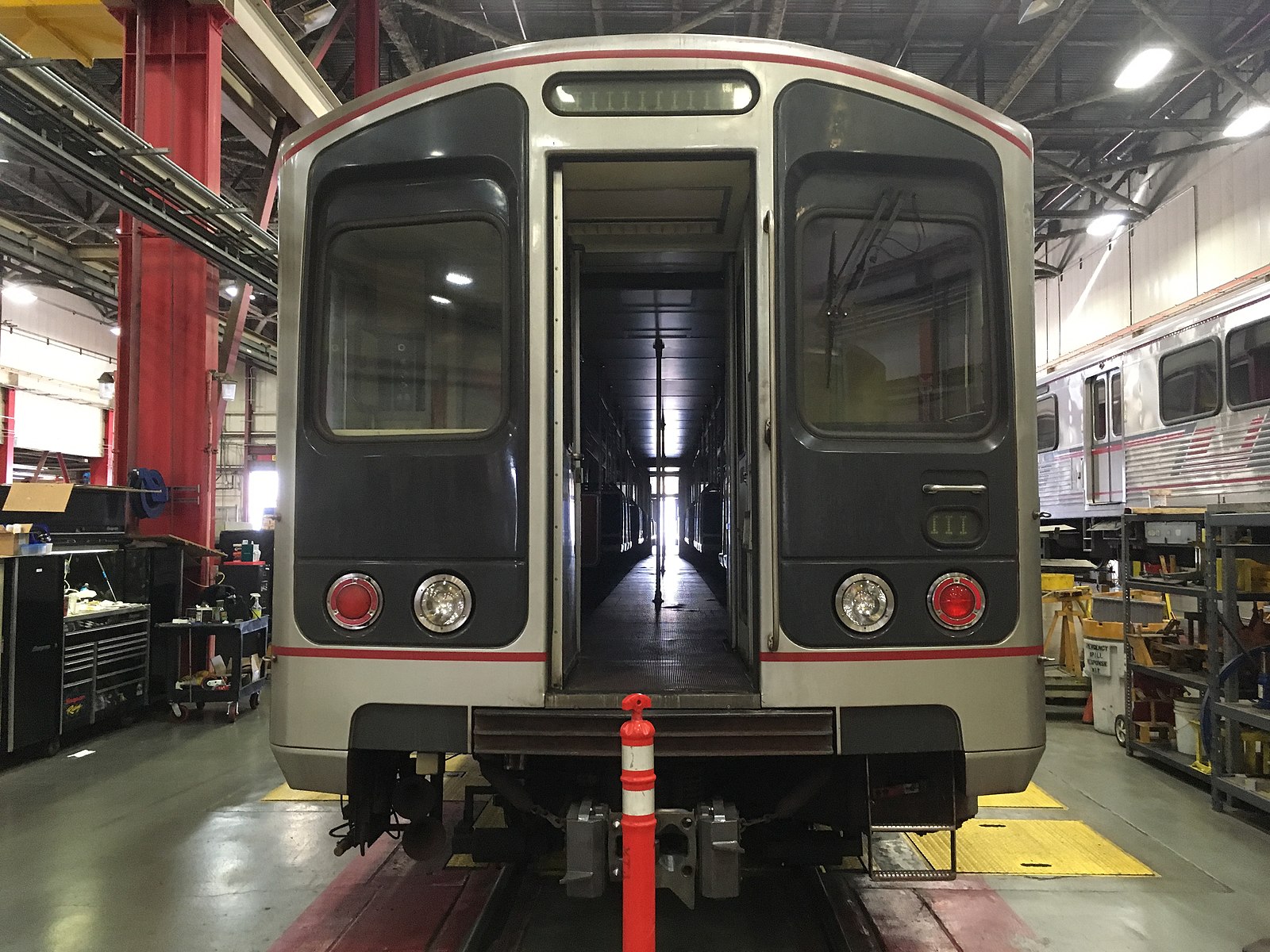
The A650 rail cars, used on the Los Angeles Metro Rail, are significant for their role in the development of public transit in a city traditionally dominated by car travel. Introduced in the 1990s, they marked a substantial investment in public transportation for Los Angeles and continue to be a backbone of the expanding metro system.
SEPTA Buses (Hybrid-Electric Models)
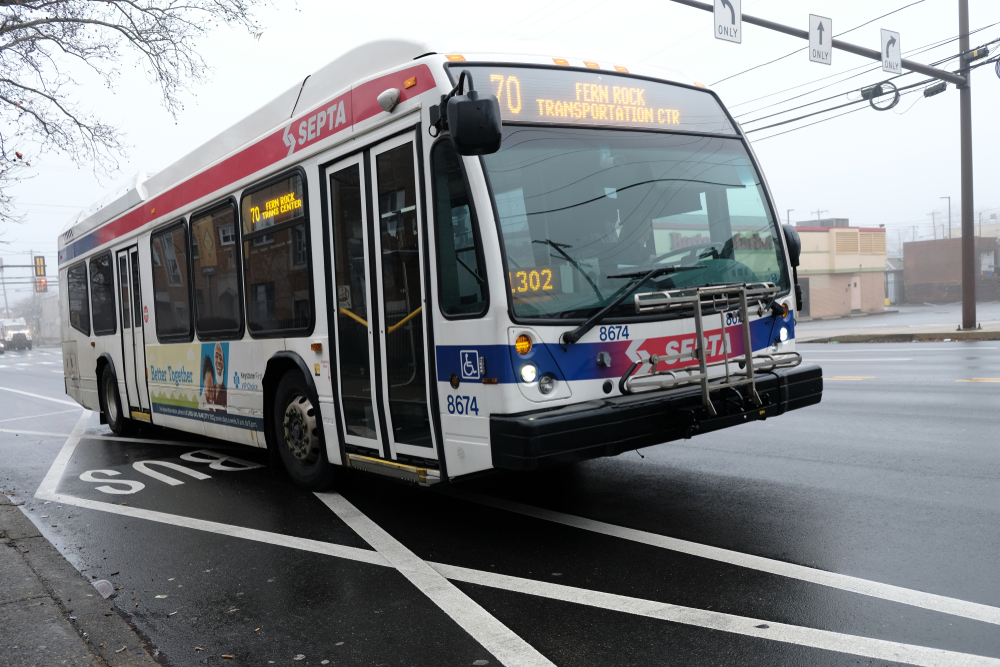
Philadelphia’s SEPTA (Southeastern Pennsylvania Transportation Authority) introduced hybrid-electric buses to reduce emissions and improve efficiency. These buses represent a move toward more sustainable public transportation options in urban environments.
New Orleans Streetcars (Perley A. Thomas Cars)
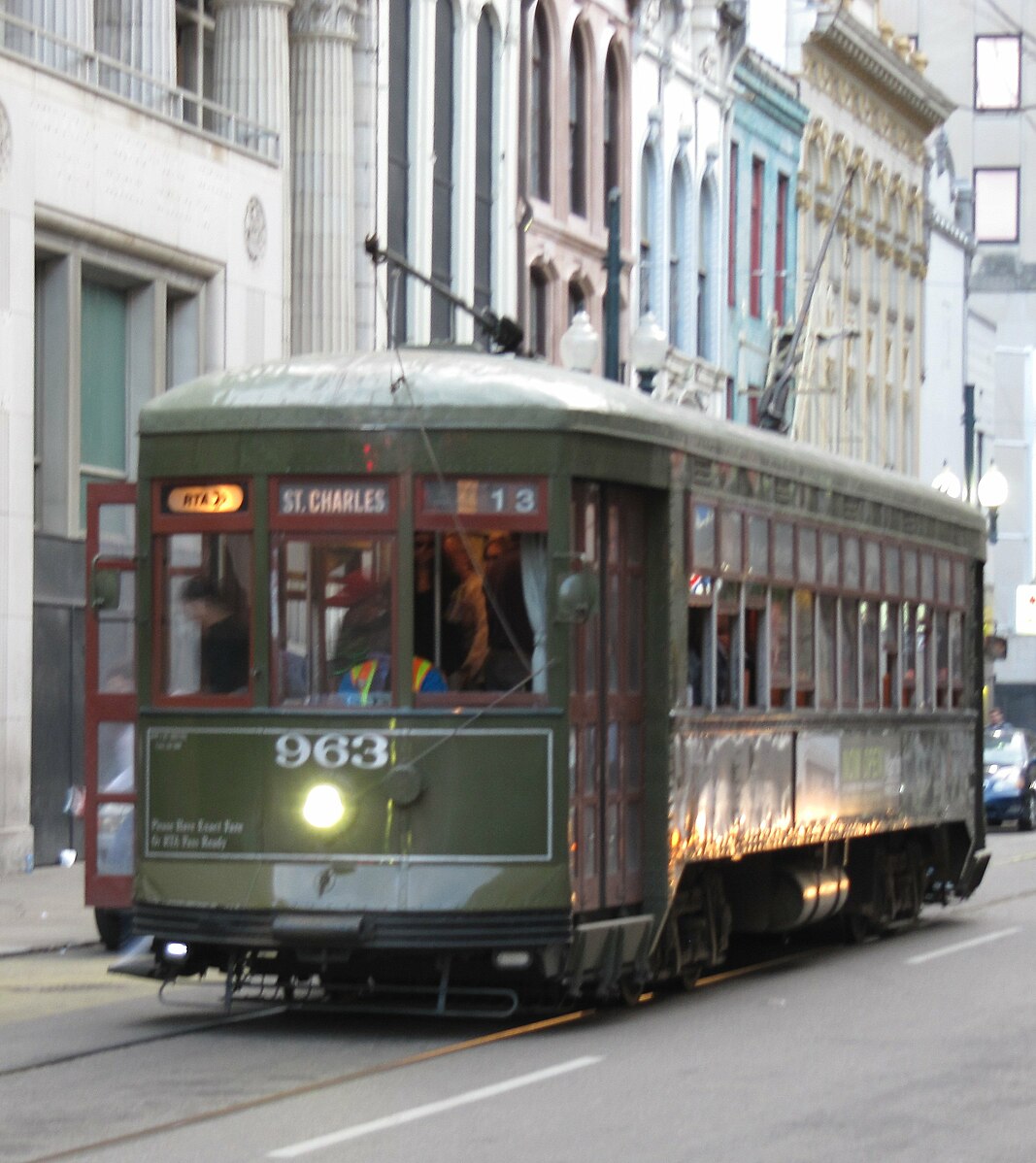
The iconic New Orleans streetcars, particularly the Perley A. Thomas-designed cars, are a vital part of the city’s charm and public transit. Dating back to the 1920s, these streetcars are not only a historical treasure but also continue to serve residents and tourists, symbolizing the city’s rich cultural heritage.
Seattle Monorail
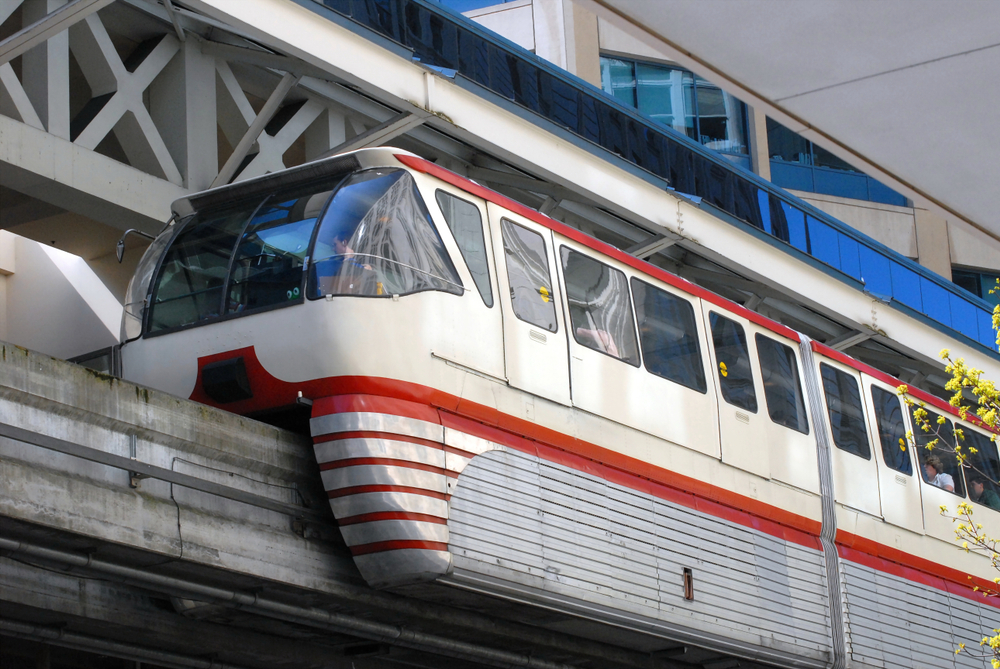
The Seattle Monorail, built for the 1962 World’s Fair, has become a symbol of the city and a unique part of its public transit system. While it operates on a limited route, it represents one of the first implementations of monorail technology in the United States, showcasing innovation in urban transportation.
Denver RTD Light Rail (Siemens SD-100 and SD-160)
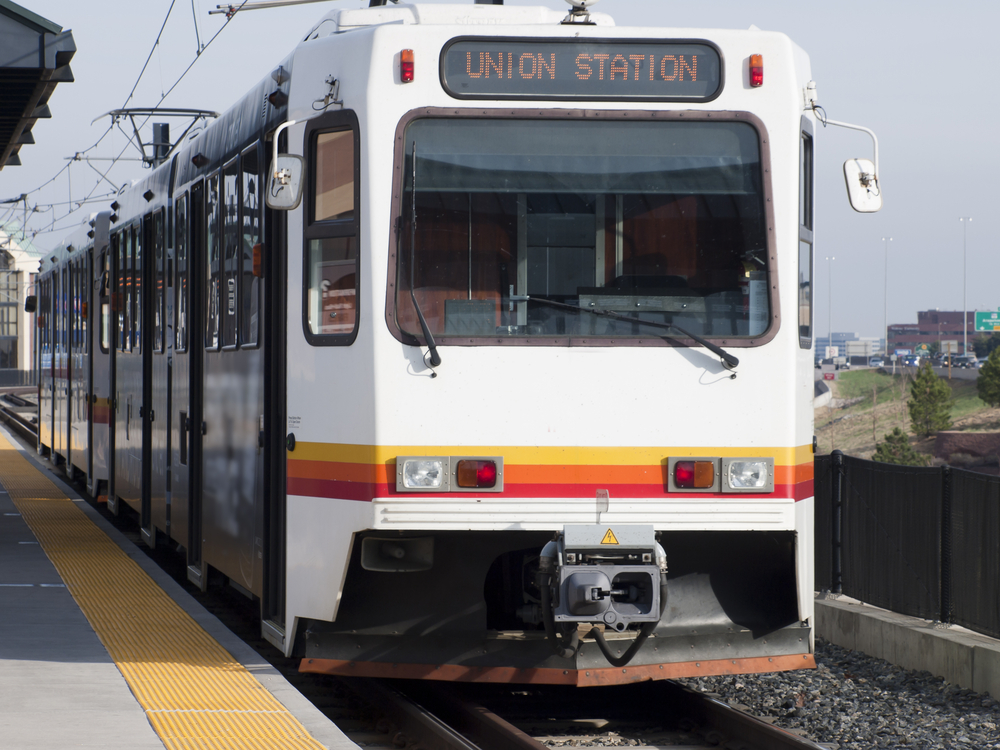
Denver’s RTD Light Rail, particularly with the Siemens SD-100 and SD-160 series vehicles, reflects the growth of modern light rail systems in U.S. cities. They offer efficient, reliable service in the Denver metropolitan area, exemplifying the role of light rail in reducing urban congestion and providing sustainable transit solutions.
This article originally appeared on MyCarMakesNoise.
More from MyCarMakesNoise
20 Cars That Have Faded from Everyday Roads
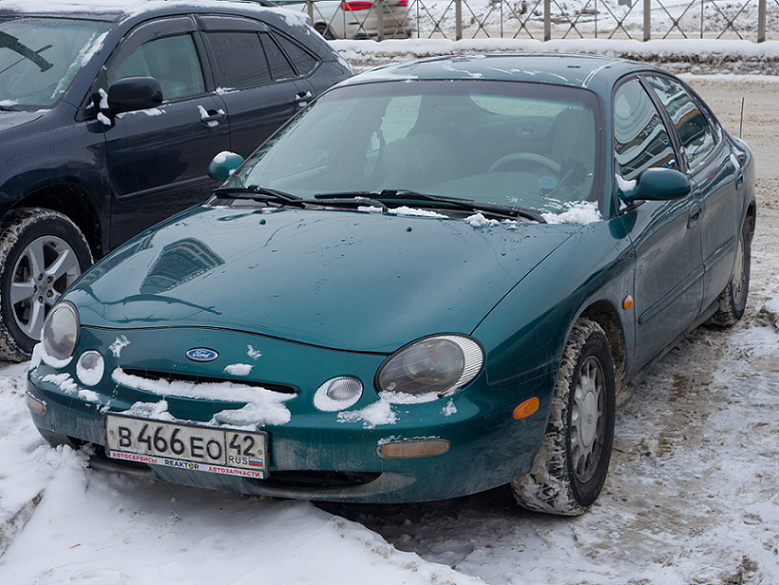
These cars, once common on American and European roads, now rest in museums as symbols of past technological progress. Read More.
The Most Fuel-Efficient Motorcycles Revealed
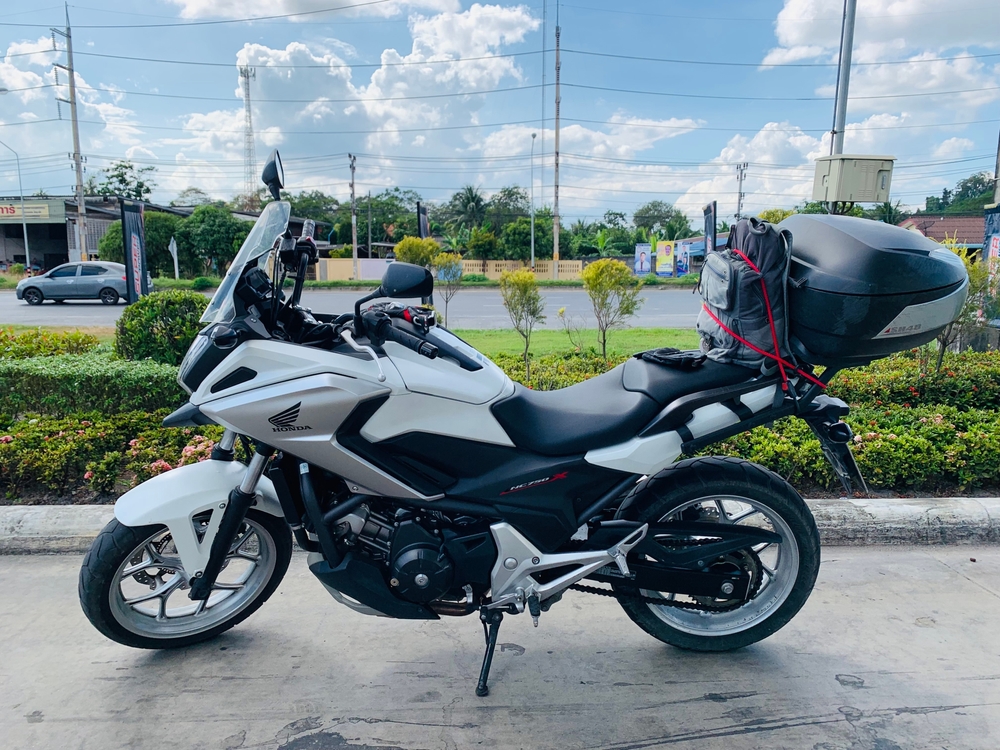
Enter the realm of fuel-efficient motorcycles, a blend of innovation, performance, and economy that answers the daily commute dilemma. Read More.
Uncovering the MostUnnecessary Car Features
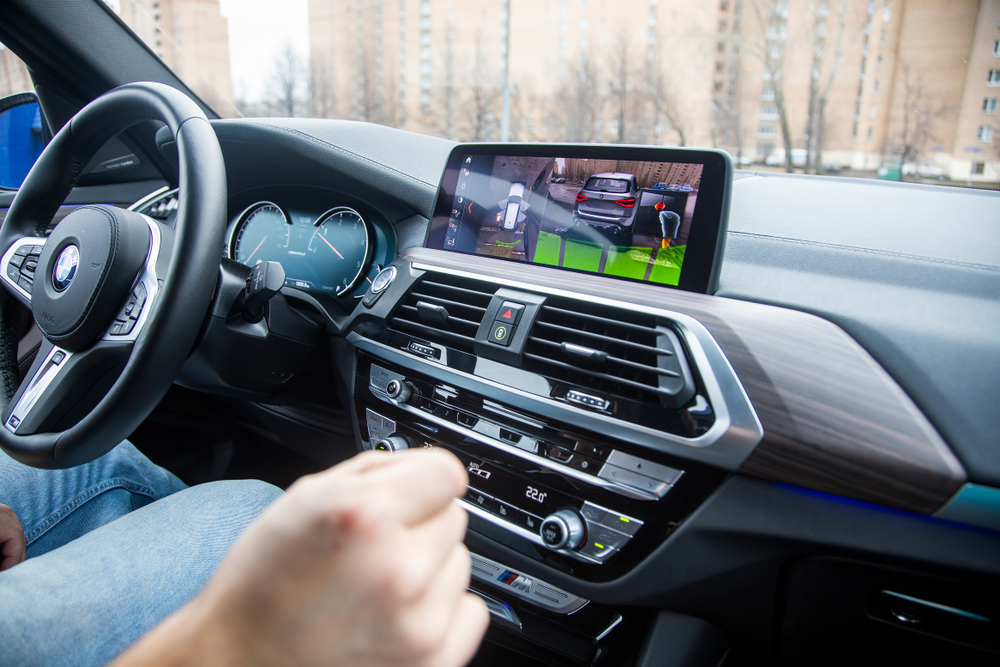
In the race to outdo competitors and captivate consumers, automakers often fill their vehicles with an array of features, promising cutting-edge technology and unparalleled comfort. But is more always better? Read More.

